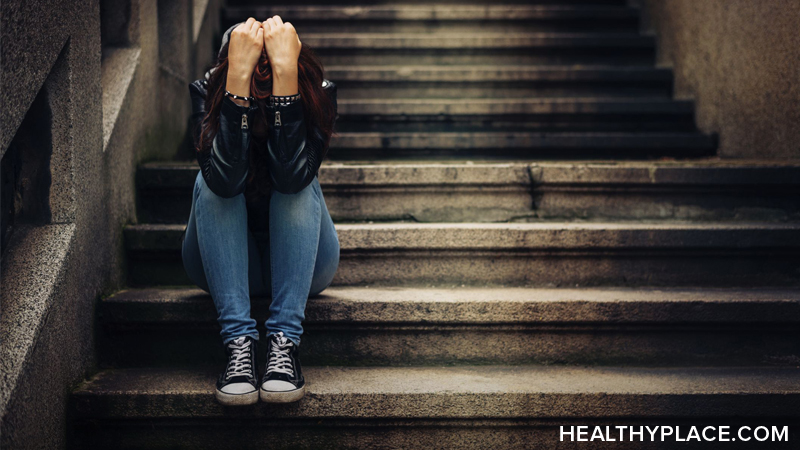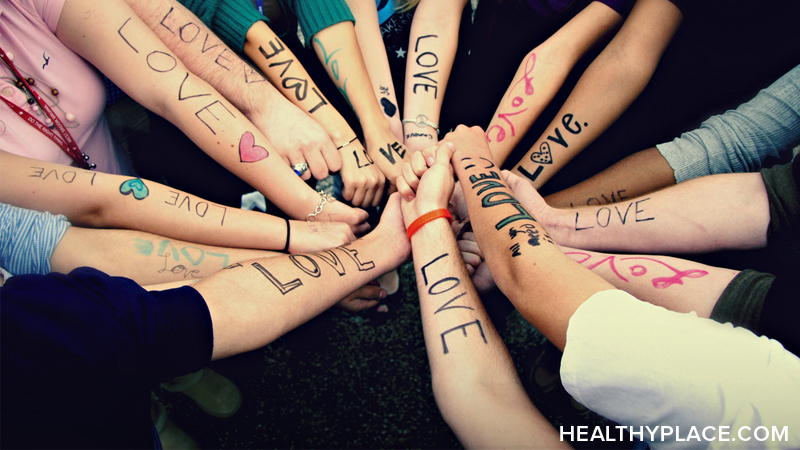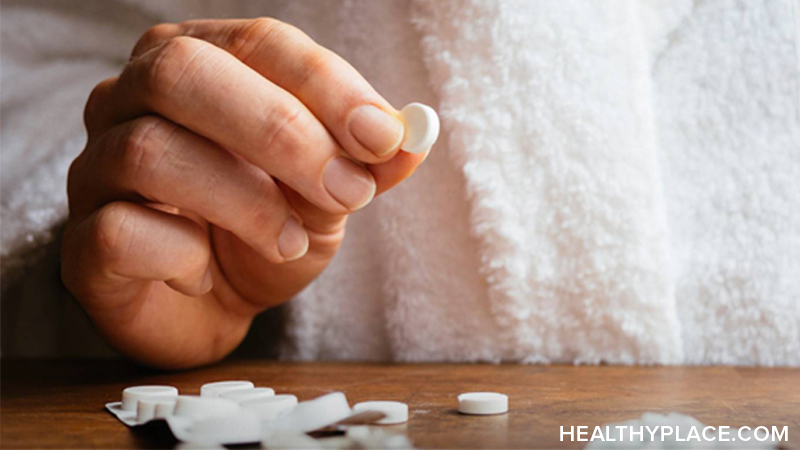Talking With Your Kids About HIV and AIDS
As upsetting and confusing as it can be to bring up the subject of AIDS with young children, it's essential to do so. By the time they reach third grade, research shows that as many as 93 percent of children have already heard about the illness. Yet, while kids are hearing about HIV/AIDS early on, what they are learning is often inaccurate and frightening. You can set the record straight -- if you know the facts yourself. HIV is transmitted from person to person through contact with blood, semen, vaginal fluid, or breast milk. HIV can be prevented by using latex condoms during sex, not sharing "drug needles," and avoiding contact with another person's bodily fluids. So stay informed. Sharing this information with your youngster can keep her safe and calm her fears. Finally, talking with your child about AIDS lays the groundwork for any future conversations about AIDS-preventative behavior. Here are some tips on how to get started:
Initiate discussion
Use a "talk opportunity" to introduce the subject of AIDS to your child. For example, try tying a discussion into something your child sees or hears, such as a commercial about AIDS. After you and your child watch the ad, say something like, "Have you heard about AIDS before? Well, what do you think AIDS is?" This way, you can figure out what she already understands and work from there.
Present the facts
Offer honest, accurate information that's appropriate to a child's age and development. To an 8-year-old you might say, "AIDS is a disease that makes people very sick. It's caused by a virus, called HIV, which is a tiny germ." An older child can absorb more detailed information: "Your body is made up of billions of cells. Some of these cells, called T-cells, help your body stay healthy by fighting off disease. But if you get a virus called HIV, that virus kills the T- cells. Over time, the body can't fight disease any more and that person has AIDS." Pre-teens should also understand how condoms could help protect people from getting AIDS and that the disease can be transmitted between persons who share drug needles. (If you have already explained sexual intercourse to your children, you might add, "During sexual intercourse, the semen from the man's body goes into the woman's body. That semen can carry HIV." If you have not yet talked about sex, don't bring it up during initial discussions about AIDS. It's not a good idea for your child's first information about sex to be associated with such a serious disease.)
Set them straight
Children's misconceptions about AIDS can be pretty scary, so it's important to correct them as soon as possible. Suppose your 8-year-old comes home from school one day, tearful because she fell down on the playground, scraped her knee and started bleeding -- and the other kids told her she would get AIDS. As a parent, you might explain, "No, you don't have AIDS. You're fine. You can't get AIDS from scraping your knee. The way you can get AIDS is when the fluids from your body mix with those of someone who has AIDS. Do you understand?" After such a discussion, it's also wise to check back with your child and see what she remembers. Understanding AIDS, particularly for young children, takes more than a single conversation.
Foster self-esteem
Praising our children frequently, setting realistic goals and keeping up with their interests are an effective way to build self-esteem. And that's important, because when kids feel good about themselves, they are much more likely to withstand peer pressure to have sex before they are ready, or to not do drugs. In short, they are less likely to engage in behavior that could put them at risk for AIDS.
Put Your Child's Safety First
Some adults mistakenly believe that AIDS is only a disease of homosexuals. Whatever your beliefs, try not to let your opinions or feelings prevent you from giving your child the facts about AIDS and its transmission -- it's information that's essential to their health and safety.
Be prepared to discuss death
When talking with your kids about AIDS, questions about death may come up. So get ready to answer them by reading books available at libraries or bookstores. In the meantime, here are three helpful tips:
-
Explain death in simple terms. Explain that when someone dies, they don't breathe, or eat, or feel hungry or cold, and you won't see them again. Although very young children won't be able to understand such finality, that's okay. Just be patient and repeat the message whenever appropriate.
-
Never explain death in terms of sleep. It may make your child worry that if he falls asleep, he'll never wake up.
-
Offer reassurance. If appropriate, tell your child that you are not going to die from AIDS and that he won't either. Stress that while AIDS is serious, it is preventable.
Questions & Answers
What is AIDS?
AIDS is a very serious disease that is caused by a tiny germ called a virus. When you are healthy, your body can fight off diseases, like Superman fighting the bad guys. Even if you do get sick, your body can fight the germs and make you well again. But when you have AIDS, your body cannot protect you. That's why people with AIDS get very sick.
How do you get AIDS?
You can get AIDS when the fluids from your body mix with those of someone who has AIDS. You can't catch it like the flu and you can't get it just by touching or being near someone with AIDS, so you and I don't have to worry about getting it. (NOTE: If you have already talked with your child about sex, you should also add, "You can also get AIDS by having unprotected sexual intercourse with someone who has the HIV virus.")
Can kids get AIDS?
Very few children get AIDS. But if they were born to a mother who had AIDS, they could get AIDS when they were born. A long time ago, some kids who had hemophilia -- a disease that means their blood doesn't have enough good cells, so they need to get blood from other people -- got AIDS when they got blood. But that doesn't happen anymore. AIDS is mostly a disease of grownups. (NOTE: If your child already knows about the link between sex and AIDS, and IV drug use and AIDS, you might also add, "Sometimes teenagers who have unprotected sex or who share drug needles get AIDS." But you should still emphasize that "AIDS is mostly a disease of grown-ups.")
How can you tell from looking at someone if they have AIDS?
You can't. Anyone, regardless of what they look like, can have AIDS. People find out if they have AIDS after being tested by a doctor. Therefore, the only way to know if someone has AIDS is to ask him if he has been tested and if the test results were positive for HIV/AIDS.
Do all gay people get AIDS?
No. Homosexuals get AIDS the same way that heterosexuals do. And they can protect themselves the same way, too.
APA Reference
Staff, H.
(2021, December 26). Talking With Your Kids About HIV and AIDS, HealthyPlace. Retrieved
on 2025, April 29 from https://www.healthyplace.com/sex/teen-sex/talking-with-your-kids-about-hiv-and-aids







